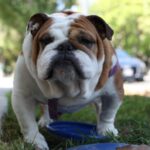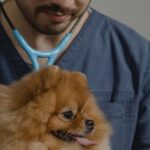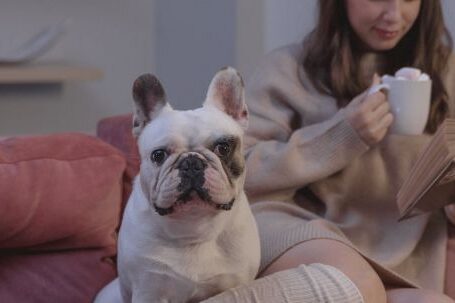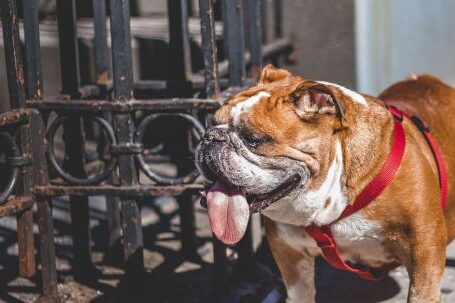Are you considering getting an English Bulldog as a pet? These adorable creatures have a distinct appearance and charming personality that make them a popular choice for dog lovers. However, it is essential to ensure that you are getting a purebred English Bulldog to guarantee its health, temperament, and adherence to breed standards. In this article, we will discuss how to identify a purebred English Bulldog, from their physical characteristics to their documentation.
Physical Characteristics
When it comes to identifying a purebred English Bulldog, the first thing to look for is their physical characteristics. Here are some key features to consider:
1. Head: A purebred English Bulldog has a large, square-shaped head with a prominent forehead and well-developed cheeks. The head should be in proportion to the body and have a deep stop, which is the indentation between the forehead and the muzzle.
2. Face: The face of a purebred English Bulldog should be wrinkled, especially around the nose and forehead. The muzzle is short and broad, with a well-defined undershot jaw and a wide, black nose.
3. Body: English Bulldogs have a compact and muscular body. Their neck is short and thick, leading to a broad and deep chest. The back is strong and level, and the hindquarters are well-rounded.
4. Ears: A purebred English Bulldog has small, thin ears that are set high on the head. They are folded down, creating a “rose” or “button” shape.
5. Tail: The tail of an English Bulldog is short and set low. It is thick at the base, tapering to a fine point. The tail may be straight or have a slight curve.
Documentation
In addition to physical characteristics, proper documentation is crucial in identifying a purebred English Bulldog. Here are the documents you should expect from a reputable breeder:
1. Pedigree: A pedigree is a record of a dog’s ancestry. It shows the lineage of the English Bulldog, including the names of its parents, grandparents, and further back. A purebred English Bulldog should have a complete and accurate pedigree.
2. Registration Papers: Registration papers prove that a dog is recognized by a reputable kennel club, such as the American Kennel Club (AKC) or the United Kennel Club (UKC). These papers provide information about the dog’s breed, parentage, and other important details.
3. Health Certificates: A responsible breeder will provide health certificates, which verify that the English Bulldog has been examined by a veterinarian and is free from any genetic or hereditary diseases common in the breed.
4. Microchip Information: Many purebred English Bulldogs are microchipped, which is a small device implanted under the skin that contains identification information. Ensure that the microchip information matches the dog’s documentation.
Breeder Reputation
The reputation of the breeder is another crucial factor in identifying a purebred English Bulldog. Reputable breeders adhere to ethical standards and prioritize the health and well-being of their dogs. Here are some signs of a reputable breeder:
1. Knowledge and Expertise: A reputable breeder should have a deep understanding of the English Bulldog breed and be able to provide accurate information about its history, characteristics, and care requirements.
2. Clean and Healthy Environment: The breeder’s facility should be clean, well-maintained, and provide a healthy and safe environment for the dogs.
3. Interaction with Puppies: A reputable breeder will allow you to interact with the puppies and their parents. Observing the behavior and temperament of the dogs can give you insights into their breeding and socialization.
4. References and Reviews: Ask the breeder for references from previous customers or check online reviews to ensure that they have a positive reputation.
In conclusion, identifying a purebred English Bulldog requires careful observation of their physical characteristics, proper documentation, and consideration of the breeder’s reputation. By following these guidelines, you can ensure that you bring home a healthy, well-bred English Bulldog that will be a loving companion for years to come.





